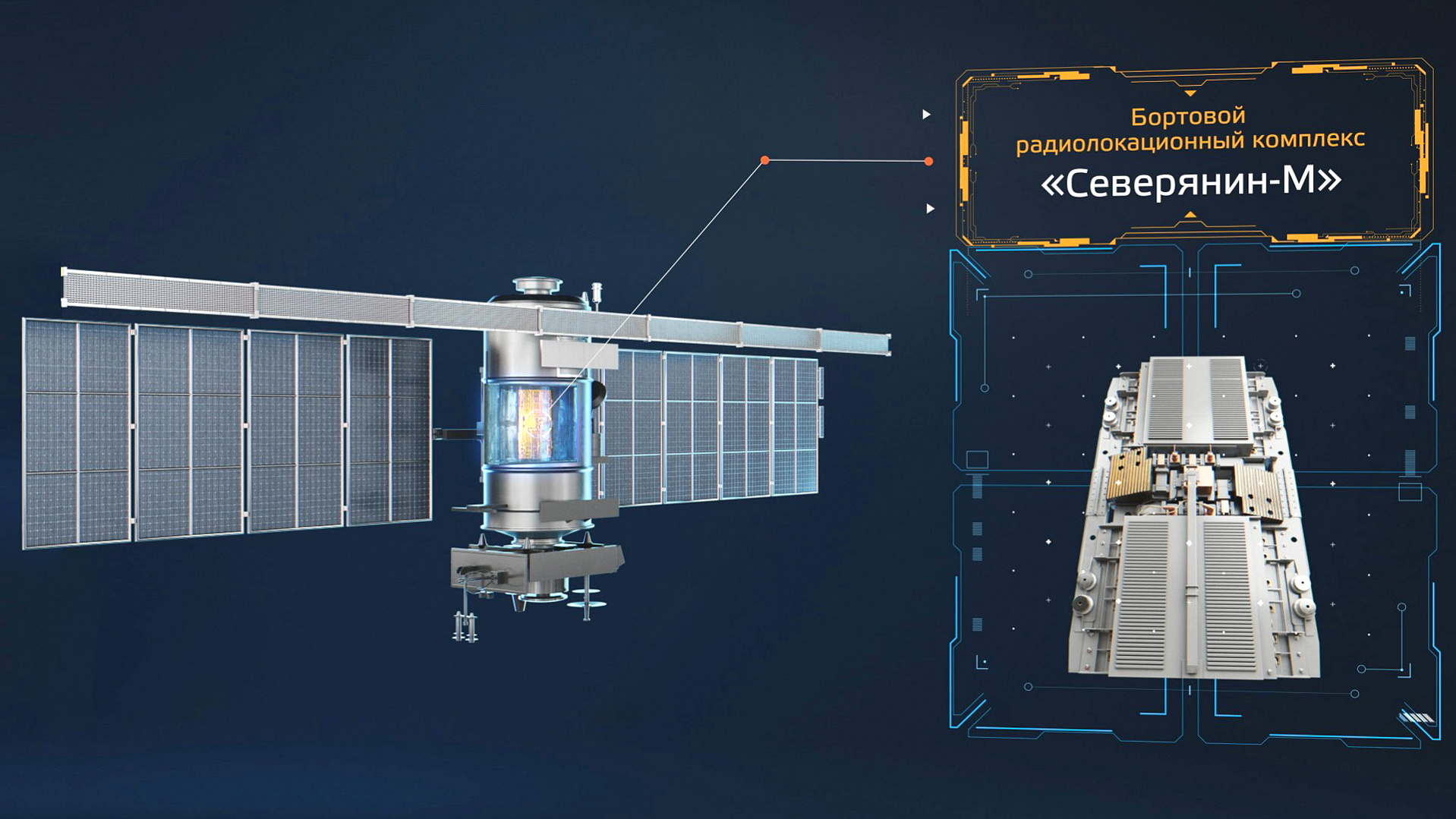“Severyanin-M” for the first “Meteor-M”

For the first time in a long time, “Meteor-M” No.1 became the next-generation hydrometeorological satellite with the same characteristics as its Western counterparts. This ensured of strategic importance for independence of Russia from foreign meteorological satellites. It was placed into orbit as a part of the “Meteor-3M” space system of hydrometeorological and oceanographic support eleven years ago launched on “Soyuz-2.1b” carrier rocket from the Baikonur Cosmodrome.
One of the “Meteor-M” No.1 target load elements was the “Severyanin-M” onboard radar complex (OBRC), created by the specialists of the JSC RIPI, which monitors ice and snow cover, condition of hydrological objects as well as land surface and vegetation in the X-band radio frequency. “VNIIEM” Corporation is the lead organization for the development of the “Meteor-M” series.
In the world space technology, such multi-purpose satellites for the Earth remote sensing (ERS), which provides multi-sensor analysis, are considered the most complex vehicles.
“Severyanin-M” OBRC has two operating modes with horizontal spatial resolution of 500-1000 m and a swath width of 600 km.
Alexander Gune, Chief Researcher of JSC RIPI:
- The “Severyanin-M” onboard radar complex (OBRC) was the first experience of creating the spaceborne synthetic aperture radar (SAR) for JSC RIPI. At present, “Severyanin-M” launched by the “Meteor-M” No. 2 remote sensing satellite is operating in orbit. We closely follow its work and transfer the reception and processing of data to NTs OMZ of JSC “Russian Space Systems” and FSBU SNC “Planet”. The experience gained while working on this project, formed the basis for our further development of spaceborne synthetic aperture radars.
For five years of “Meteor-M” No.1 operations, more than 17 thousand sessions of target information reception have been conducted.
RIPI Press Service